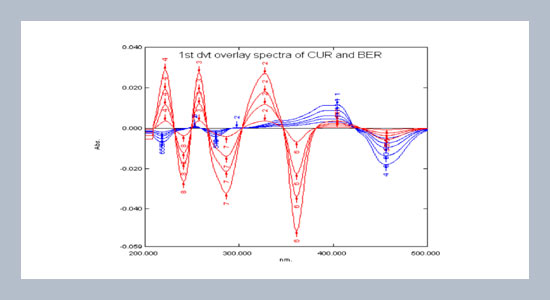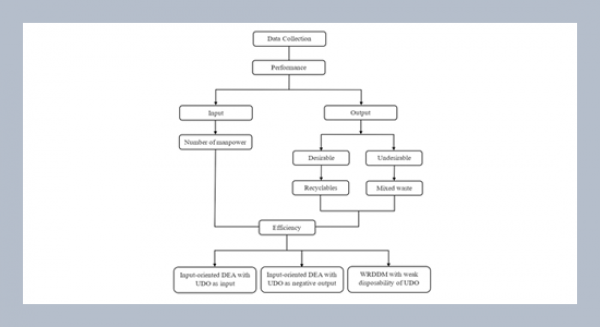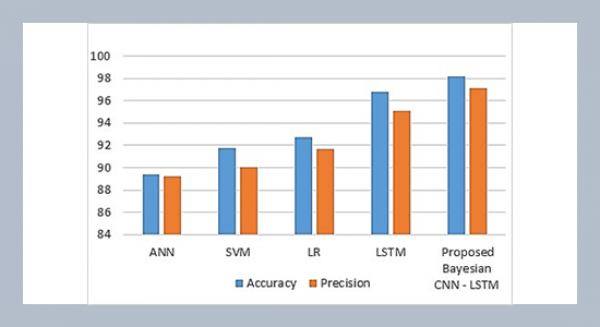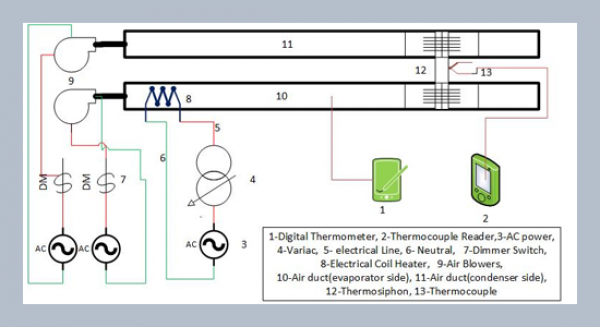REFERENCES
- [1] Sharma, R. A., Gescher, A. J., and Steward, W. P. 2005. Curcumin: the story so far. European Journal of Cancer, 4, 13: 1955-1968.
- [2] Apisariyakul, A., Vanittanakom, N., and Buddasukh, D. 1995. Antifungal activity of turmeric oil extracted from Curcuma longa. Journal of Ethnopharmacol, 49: 163-169.
- [3] Mishra, K., Dash, A. P., Swain, B. K., and Dey, N. 2009. Anti-malerial activities of andrographis paniculata and hedyotis corymbosa extracts and their combination with curcumin. Malaria Journal, 8: 26-34.
- [4] Fuchs, J. R., Pandit, B., Bhasin, D., Etter, J. P., Regan, N., Abdelhamid, D., Li, C., Lin, J., and Li, P. K. 2009. Structure–activity relationship studies of curcumin analogues. Bioorganic & Medicinal Chemistry Letters, 19, 7: 2065-2069.
- [5] Pang, B. X. and Huang, C. Z. 2004. A selective and sensitive assay of berberine using total internal reflected resonance light scattering technique with fluorescin at the water / 1, 2 – dichloroethane interface. Journal of Pharmaceutical Science and Biomedical analysis, 35: 185-191.
- [6] Rahman, S. M. H., Telny, T. C., Ravi, T. K., and Kuppusamy, S., 2009. Role of surfactant and pH in dissolution of Curcumin. Indian Journal of Pharmaceutical Science, 71, 2: 139-142.
- [7] Hao, K., Zhao, X. P., Liu, X. Q., and Wang, G. J. 2006. LC Determination of Curcumin in Dog Plasma for a Pharmacokinetic Study. Chromatographia, 64: 531-535.
- [8] Ji, S. G., Chai, Y., Zhang, G., Wu, Y., Liang, D., and Xu, Z., 1999. Determination of berberine in Rhizoma coptidis and its preparations by non-aqueous capillary electrophoresis. Biomedical Chromatography, 13, 7: 439-441.
- [9] Chauhan, S. K., Singh, B. D., and Agrawala, S. 1999. Estimation of curcuminoids in Curcuma longa by HPLC and spectrophotometric methods. Indian Journal of Pharmaceutical Science, 61, 1: 58-60.
- [10] Dwivedi, A.K., Raman, M., Seth, R. K., and Sarin, J. P. 1993. Combined thin-layer chromatography-densitometry for the quantitation of curcumin in pharmaceuticaL dosage forms and in serum. Indian Journal of Pharmaceutical Science, 55, 5: 174-177.
- [11] Rojsanga, P., Gritsanapan, W., and Suntor- nsuk, L. 2006. Determination of Berberine Content in the Stem Extracts of Coscinium fenestratum by TLC Densitometry. Medical Principles Practice, 15: 373-378.
- [12] Srinivasan, G. V., Unnikrishnan, K. P., Rema Shree, A. B., and Indira, B. 2008. HPLC estimation of berberine in Tinospora cordifolia and Tinospora sinensis. Indian Journal of Pharmaceutical Science, 70, 1: 96-99.
- [13] Zeng, X. HPLC determination of berberine in plasma of patients with ischemic heart failure. Chromatographia, 48, 7: 589-590.
- [14] Chauhan, S. K., Singh, B. D., Bhattacharya, R., and Agrawal, S. 1999. HPTLC and Spectroscopic determination of Berberine. Indian Journal of Pharmaceutical Science, 37, 6: 305-308.
- [15] Sakai, T., Ohno, N., Chung, Y. S., and Nishikawa, H. 1995. Spectrofluorimetric determination of berberine in oriental pharmaceutical preparations by flow-injection analysis coupled with liquid- liq-uid extraction. Analytica Chimica Acta, 308, 1: 329-333.
- [16] Deng, Y., Liao, Q., Li, S., Bi, K., Pan, B., and Xie, Z. 2008. Simultaneous determination of berberine, palmatine and jatrorrhizine by liquid chromatography–tandem mass spectrometry in rat plasma and its application in a pharmacokinetic study after oral administration of coptis–evodia herb couple. Journal of Chromatography B, 863, 2: 195-205.
- [17] Dave, H. N., Mashru, R. C., and Thakkar, A. R. 2007. Simultaneous determination of salbutamol sulphate, bromhexine hydrochloride and etofylline in pharmaceutical formulations with the use of four rapid derivative spectrophotometric methods. Analytica Chimica Acta, 597, 1: 113-120.
- [18] ICH TOPIC Q2B 1996. “Validation of Analytical Procedures: Methodology”. London.















